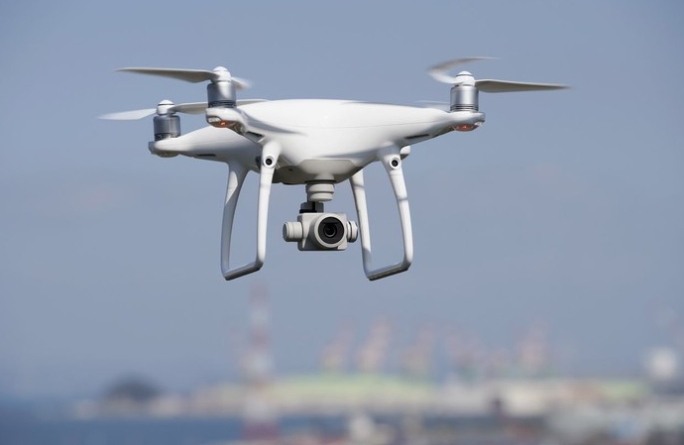AI Drones Capable of Killing People Can Be Made in a Matter of Hours
Morrissey Technology – It only takes a few hours to configure a small, commercially available drone to hunt a target, a scientist warns. Luis Wenus, an entrepreneur and engineer, incorporated an artificial intelligence (AI) system into a small drone to chase people like in a game. He shared the results of this ‘fad’ activity in a post on March 2 on X/Twitter. But he soon realized that the device could easily be configured to hold an explosive charge.
Collaborating with Robert Lukoszko, another engineer, he configured the drone to use an object detection model to find people and fly toward them at full speed. Both also incorporate a facial recognition system into the drone that can work at a distance of up to 10 meters. This means that armed versions of drones can be used to attack specific people or targets.
“It only took a few hours to make, and made me realize how scary it is. You can easily tie a small amount of explosives to it and let 100 explosives fly,” wrote Wenus as quoted by Science Alert.
Wenus describes himself as an ‘open source absolutist’, meaning he believes in always sharing code and software through open source channels. He also identifies himself as ‘e/acc’ which is a school of thought among AI researchers that refers to the desire to accelerate AI research regardless of the downsides. This flow arises from the belief that the profits will always be greater than the profits. But he said that he would not publish any code related to this experiment.
“Terror attacks could be planned in the near future using this kind of technology. Although people need technical knowledge to engineer such systems, writing software will become easier as time goes by, partly because of advances in AI as an assistant in writing code,” he said.
Anti-drone System
Wenus said his experiments show that society needs to immediately build anti-drone systems for civic spaces where large numbers of people can gather. According to Robin Radar, there are several countermeasures that the community can build, including cameras, acoustic sensors and radar to detect drones.
However, to disrupt them, technology is needed such as radio frequency jammers, GPS spoofers, net guns, and high-energy lasers. Although these weapons have not yet been used in a civilian environment, such equipment has previously been conceptualized and used in the context of warfare. Ukraine, for example, has developed explosive drones in response to the Russian invasion.
The US military is also looking for ways to build and control swarms of small drones that could attack targets. The move follows efforts by the US Navy after first showing it could control 30 drones with explosives in 2017, according to MIT Technology FOR4D Review.



